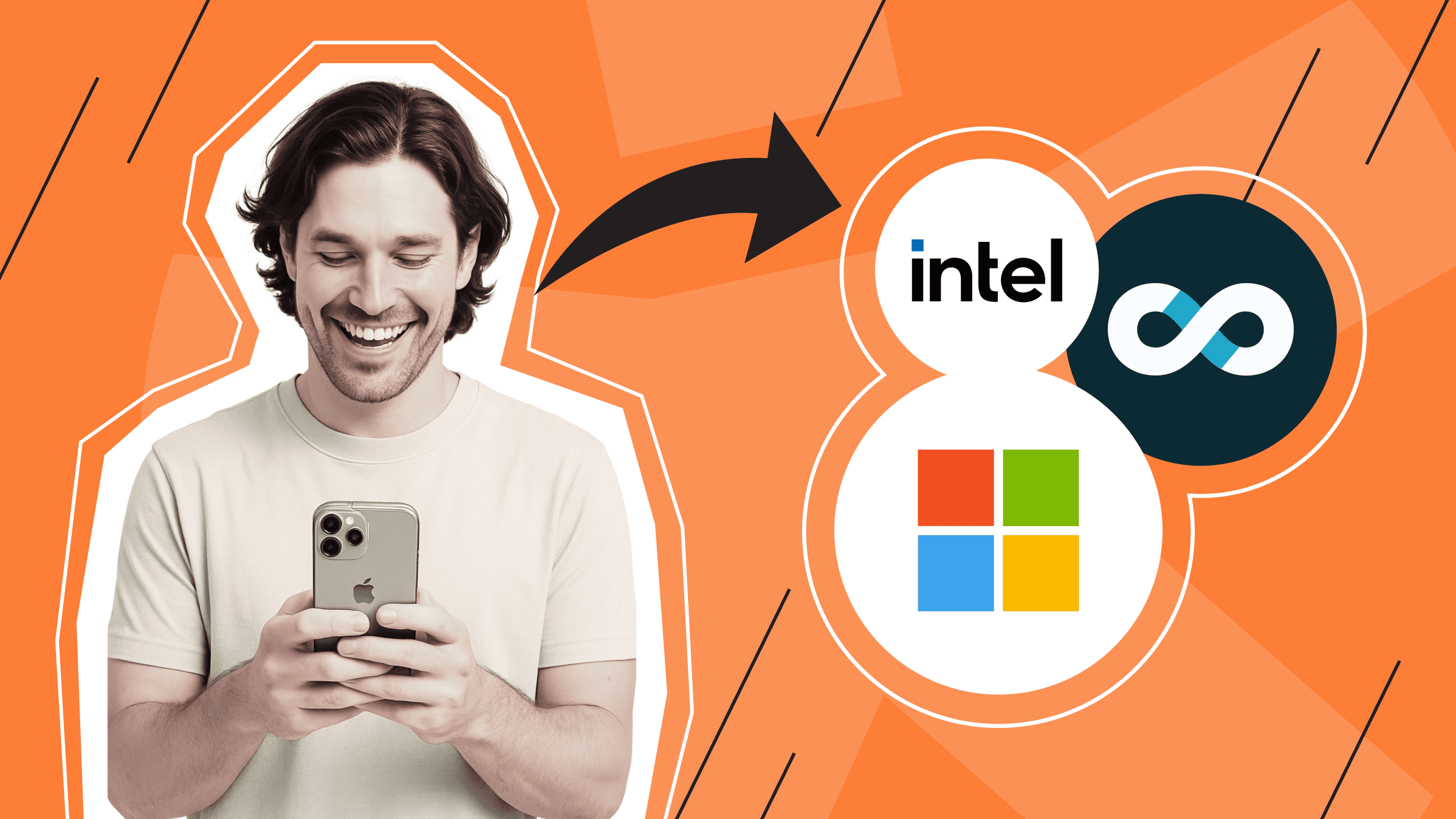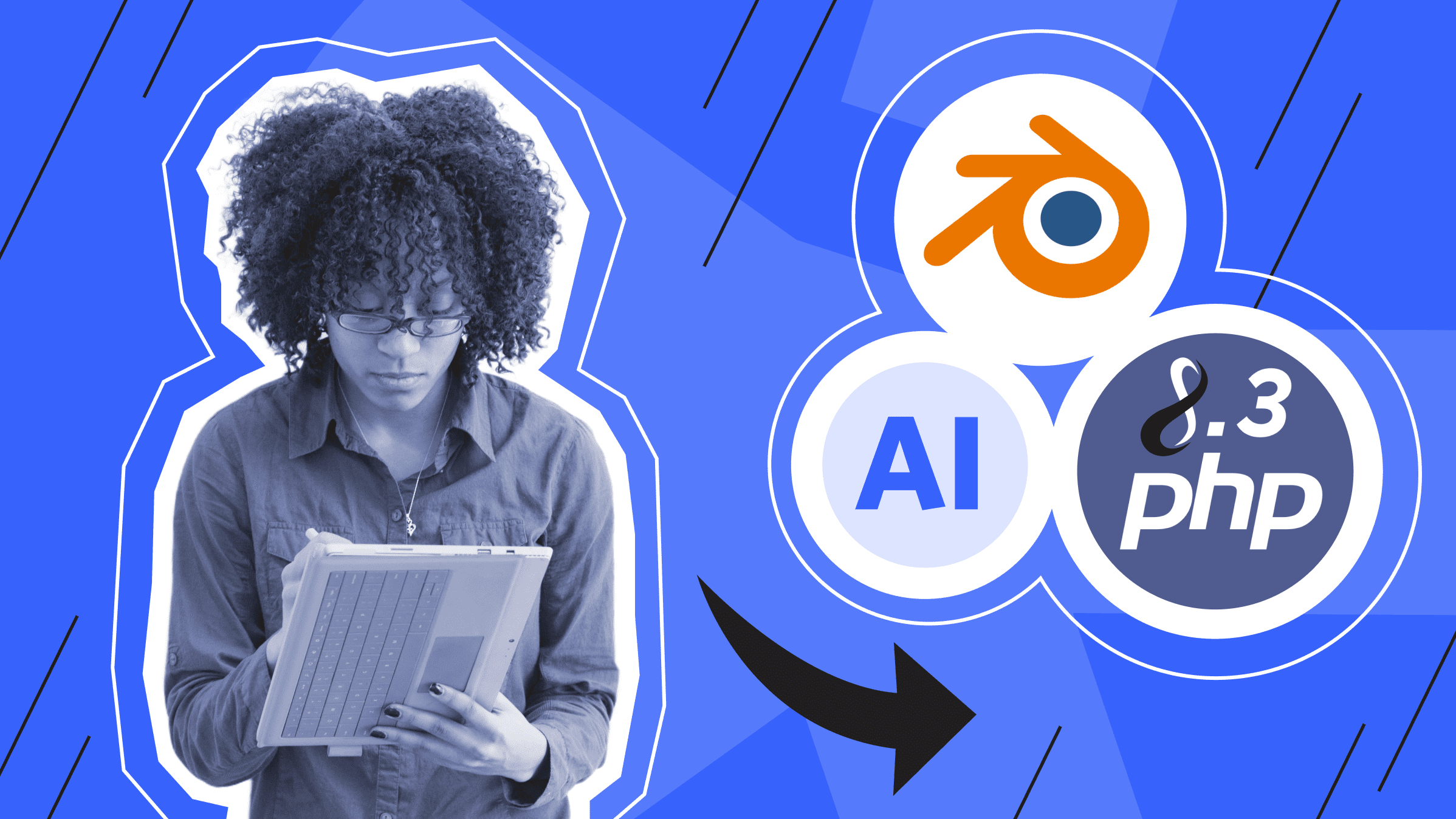
- A Project from Former Polygon Developers and a New Technological Era
- AMD vs. NVIDIA in the AI Hardware Arena
- New Apple Foundation Models Framework Brings AI to Apps in Just Three Lines of Swift Code
- Microsoft Patches 66 Vulnerabilities, Including 10 Critical Ones
- Git 2.50 Released — A 20th Anniversary Milestone
- Apache Superset 5.0.0: UI, Performance, and Data Management Upgrades
June 2025 ended up being packed with news, featuring major releases, strategic company shifts, and updates that touch every layer of the stack.
In this digest, we’ve gathered the most important highlights — from a new launch by the former Polygon team and AMD’s latest GPUs to updates from Apple and Microsoft. And of course, we haven’t forgotten the practical side: you’ll find links to tools that can help you work faster and more efficiently.
A Project from Former Polygon Developers and a New Technological Era
The development team behind Polygon’s zero-knowledge Ethereum virtual machine (zkEVM) has announced the launch of a new independent initiative: Zisk. The project was initiated by Polygon co-founder Jordi Baylina, who is now fully focused on driving this new direction forward.
Zisk is an open-stack architecture built on a zero-knowledge virtual machine (zkVM), designed for low latency and support for multiple programming languages. Its main goal is to create a scalable, secure, and privacy-friendly infrastructure for next-generation applications.
This shift coincides with a strategic pivot by the Polygon Foundation itself: rather than continuing to invest in the underused and loss-generating zkEVM chain, the organization has chosen to focus on more promising directions — namely, Polygon PoS and the AggLayer chain aggregator. Baylina remains an advisor to Polygon, but his operational efforts are now entirely dedicated to Zisk.
Is Zisk the beginning of a new era in zero-knowledge infrastructure? Possibly. The project is especially compelling for those working at the intersection of privacy, scalability, and modular blockchain networks.
AMD vs. NVIDIA in the AI Hardware Arena

At the Advancing AI conference held in San Jose on June 12, AMD CEO Lisa Su introduced the company’s latest additions to the AI market — the MI350 accelerators, the upcoming MI400 series, and the Helios server. All are aimed squarely at challenging NVIDIA’s dominance in AI infrastructure.
Here are some key specs announced for the MI350:
- 288 GB of memory
- Up to 20 billion parameters processed on a single GPU
- Twice the floating point (FP) throughput compared to competitors
- 1.6× more memory than rival solutions
Helios is a massive server featuring 72 MI400 chips, set for release in 2026. AMD is betting on an open architecture built on Ethernet, as opposed to NVIDIA’s proprietary NVLink, meaning networking standards and protocols are expected to be made public. According to Su, the server is designed to rival NVIDIA’s NVL72:
“Think of Helios as really a rack that functions like a single, massive compute engine,” Su said. “It connects up to 72 GPUs with 260 terabytes per second of scale-up bandwidth. It enables 2.9 exaflops of FP4 performance — and that’s a great number.”
Sam Altman also confirmed his collaboration with AMD. Other major partners include Meta, Oracle, xAI, and Crusoe, which plans to purchase $400 million worth of chips.
Still, the market’s reaction was somewhat lukewarm — AMD shares dipped 2.2% after the announcement. It appears investors are waiting to see real-world deployment volume and a software stack that can truly compete with NVIDIA’s.
💡 If you’re working with machine learning, AI, or inference workloads, consider our GPU-powered dedicated servers. Pre-configured setups with NVIDIA hardware, up to 100Gbps connectivity, and a simple panel for fast software deployment are available.
New Apple Foundation Models Framework Brings AI to Apps in Just Three Lines of Swift Code
Apple has introduced Foundation Models — a new framework for developers that makes it possible to integrate AI features directly into apps with just three lines of Swift code. These models run entirely on-device, offering high performance, user privacy, and no dependency on cloud services.
The framework includes built-in support for generation, tool invocation, and more. Thanks to native Swift integration, developers can easily embed these capabilities into their projects.
For example, Automattic is already utilizing Foundation Models in its journaling app Day One to add privacy-focused AI features.
Additionally, Xcode 26 brings a range of new intelligent tools. Developers can now hook large language models directly into their coding workflows to write code, tests, and documentation, refine designs iteratively, fix bugs, and more. Xcode offers built-in support for ChatGPT, and developers can also use API keys from other providers or run local models on Apple silicon Macs.
Microsoft Patches 66 Vulnerabilities, Including 10 Critical Ones

Microsoft has released its June Patch Tuesday update, and this time the list is extensive, with 66 vulnerabilities addressed and 10 classified as critical. One zero-day vulnerability, already exploited in the wild, received particular attention.
Here’s a quick breakdown by category:
- 25 vulnerabilities related to remote code execution
- 13 to privilege escalation
- 17 to information disclosure
- 6 to denial of service
- 3 to security feature bypass
- 2 to spoofing
Among the most noteworthy fixes:
- CVE-2025-33053 — a remote code execution vulnerability (CVSS 8.8) in the Web Distributed Authoring and Versioning (WebDAV) protocol. It was actively exploited by the Stealth Falcon group, which distributed malicious .url files that triggered code execution from remote servers. Targets included defense-related organizations.
- CVE-2025-33073 — a vulnerability in the Windows Server Message Block (SMB) client that allowed attackers to gain system-level privileges. Exploitation required tricking a user into connecting to a malicious server.
- CVE-2025-47172 — a critical remote code execution flaw in Microsoft SharePoint (CVSS 8.8). A successful attack allowed an authenticated attacker to execute malicious code over the network.
- CVE-2025-29828 — a memory leak issue in Windows Schannel (CVSS 8.1). Schannel (Secure Channel) is a built-in security support provider (SSP) in Windows.
- CVE-2025-32710 — a remote code execution flaw in Windows Remote Desktop Services that could allow unauthorized access to a target system.
- CVE-2025-33070 — a privilege escalation vulnerability in Windows Netlogon. Exploitation requires a complex attack scenario.
Git 2.50 Released — A 20th Anniversary Milestone
On June 16, 2025, Git 2.50 was officially released, marking the 20th anniversary of the version control system. A total of 98 developers contributed to this update, including 35 first-time contributors. Altogether, 621 changes were made.
Here are some of the most notable improvements:
- Git 2.50 improves how “cruft packs” (files containing unreachable objects) are handled. A new --combine-cruft-below-size option allows smaller cruft packs to be merged without size restrictions, simplifying maintenance for large repositories.
- Experimental support for incremental updates of multi-pack indexes (MIDX) was introduced. Each index layer is stored in a separate bitmap file, improving performance when adding new objects to large repositories.
- The legacy “recursive” merge engine has been fully removed and replaced by ORT (short for Ostensibly Recursive's Twin). This faster and more efficient alternative can determine mergeability without writing new data to the repository.
- New actions were added to git maintenance: worktree-prune, rerere-gc, and reflog-expire, all designed to streamline repository housekeeping.
- The git reflog command now supports the drop subcommand, allowing full removal of reflog data for a given branch.
- KeepAlive options were added to the cURL library: http.keepAliveIdle, http.keepAliveInterval, and http.keepAliveCount.
Find more updates in the official release notes.
🔧 Building CI/CD pipelines, hosting large Git repositories, or rolling out custom builds? Check out our bare metal servers with dedicated resources, full root access, and hardware-level flexibility for demanding setups.
Apache Superset 5.0.0: UI, Performance, and Data Management Upgrades

Apache Superset 5.0.0 is a major update to the popular business intelligence platform, featuring over 800 pull requests — including around 70 new features and 250 bug fixes. The release is now available on GitHub and the Python Package Index.
Key improvements include:
- User Interface. This release introduces an upgraded SQL Lab, improved query history, and enhanced metadata views. Users can now select and copy data directly in SQL Lab and dataset views. UI components have been updated to Ant Design 5.
- Performance. The platform has migrated to React 17 and TypeScript 5. Moment.js has been replaced with DayJS. Dashboard rendering and filter state management have been optimized.
- Database Integration. OAuth2 support has been improved for BigQuery, Trino, and Firebolt. New connectors have been added for YDB, Parseable, and Denodo .
- Data Management. A new labeling system helps teams better organize and navigate their content.
This release makes Superset more flexible, performant, and user-friendly, no matter the scale of your team or data.
June brought some serious updates and set the stage for emerging trends — from zero-knowledge infrastructure to on-device AI frameworks. We'll keep tracking what matters most and bring you the highlights. See you in the next issue!
Dedicated Server
Reliable operation, high performance, and everything you need to host machine learning based projects — get started now.
From $75.00/mo- A Project from Former Polygon Developers and a New Technological Era
- AMD vs. NVIDIA in the AI Hardware Arena
- New Apple Foundation Models Framework Brings AI to Apps in Just Three Lines of Swift Code
- Microsoft Patches 66 Vulnerabilities, Including 10 Critical Ones
- Git 2.50 Released — A 20th Anniversary Milestone
- Apache Superset 5.0.0: UI, Performance, and Data Management Upgrades


